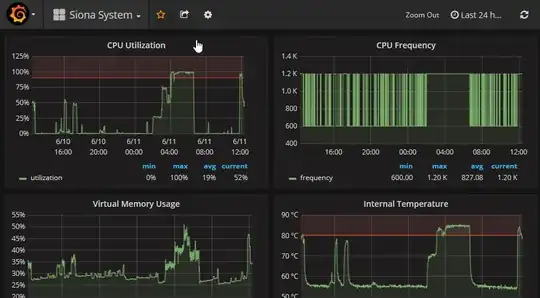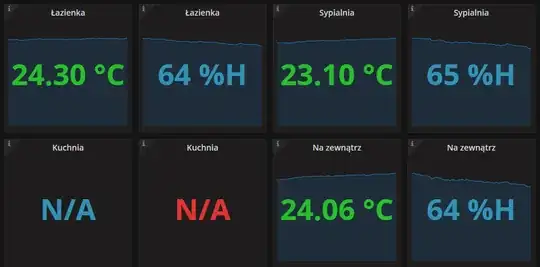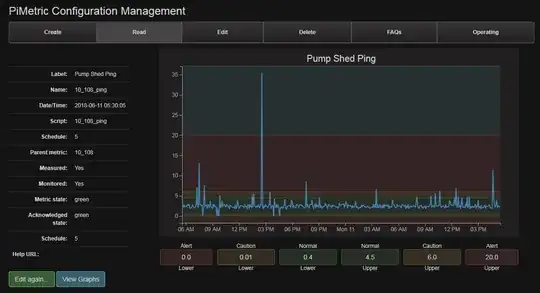I have multiple devices of Raspberry and i'm trying to create a page to monitor these devices, something like an IoT platform but much simpler.
so basically a page with a username and a password and when accessed i can see my devices with their status if they are online or offline and some other basic information about the devices, and if it is possible to control and modify something it would be even better.
With all my devices I'm using Raspberry zero W with A7 gps/gprs/gsm module.
I have tried Rpi-Monitor and it is good, but i want something more general where i can see and monitor all my devices at the same place. so maybe in this case i need to have something like a key to install on the raspberry devices in order to configure it and see it on the site but i'm not sure and i don't have much experience in this.
Can anyone refer me to a specific procedure or how can i start to achieve this idea.


